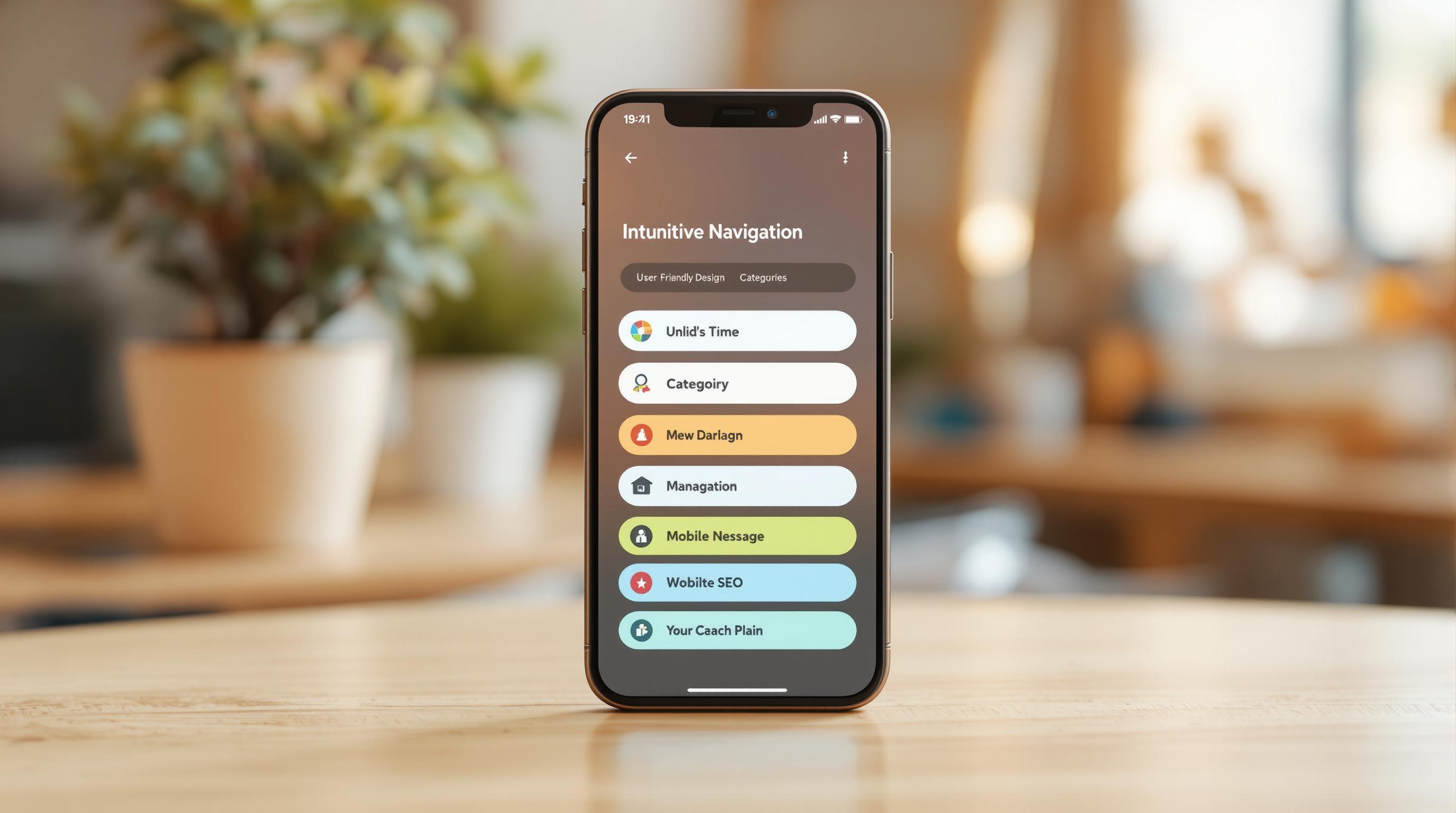AI sales forecasting simplifies predicting future sales using machine learning. It analyzes past data, identifies patterns, and delivers real-time, accurate predictions that help businesses make informed decisions. Here's a quick breakdown:
- Why AI? Unlike manual methods, AI updates forecasts in real time and uncovers patterns humans might miss.
- Key Benefits: Better accuracy, faster processing, and effortless scaling as your business grows.
- How It Works: Uses historical data (e.g., CRM records, marketing performance, economic trends) and algorithms like regression models and decision trees.
- Getting Started: Clean your data, choose tools that integrate with your systems, and test regularly to improve accuracy.
Ready to improve your sales predictions? Start by organizing your data and exploring platforms like DemandJump or Outfunnel.
How to Use AI to Accurately Call Your Sales Forecast
How AI Sales Forecasting Works
Here’s a closer look at how AI transforms raw data into useful sales predictions.
Machine Learning Basics
AI sales forecasting uses supervised learning algorithms to analyze historical data and identify patterns. For example, regression models estimate continuous sales figures, while decision trees help uncover complex relationships between variables. Over time, these models become more accurate by comparing their predictions with actual outcomes.
But algorithms alone aren’t enough - you need the right data to generate precise forecasts.
Key Data Sources
To make accurate predictions, you’ll need data like CRM sales records, marketing campaign performance, website traffic analytics, and external factors such as economic trends and seasonal shifts. U.S. companies can also benefit from incorporating regional data, such as local market conditions and state-specific consumer behavior, for even more tailored forecasts.
Once the data is collected, your system must be set up to process and analyze it effectively.
Setup Essentials
Start by cleaning and standardizing your data to ensure it’s ready for analysis. From there, decide whether to use a cloud-based platform for quicker deployment or an on-premises solution for greater control over your data. Your system should integrate seamlessly with your existing CRM, ERP, and marketing tools. Regular maintenance is also crucial to keep everything running smoothly.
Next, we’ll explore the advantages and drawbacks of AI sales forecasting to help you determine if it’s the right choice for your business.
Pros and Cons of AI Sales Forecasting
Main Advantages
AI sales forecasting offers three key benefits:
- Better accuracy: Identifies hidden patterns in historical data to provide more reliable forecasts.
- Faster processing: Automates the analysis of large datasets, allowing for frequent updates without delays.
- Handles growth with ease: Combines data from multiple sources as your business expands, without adding extra manual work.
sbb-itb-a84ebc4
Setting Up AI Sales Forecasting
Choosing Your Tools
When picking the right tools, focus on these factors:
- Seamless integration with your CRM and other data systems.
- Alignment with your goals and existing forecasting processes.
- Accuracy of forecasts and the ability to refine models over time.
- Compare features, pricing, and industry best practices through resources like Marketing Funnels Directory.
Once you've chosen a tool, it's time to focus on testing and making improvements.
Testing and Continuous Improvement
To ensure your forecasting system stays effective, set up regular performance checks. Here’s what to do:
- Track and review accuracy metrics frequently.
- Adjust your data inputs as needed to enhance results.
- Fine-tune model parameters to improve reliability and consistency.
[1] Businesses should prioritize integration, goal alignment, accuracy, and ongoing refinement when evaluating AI sales forecasting tools.
Tools and Tips for Success
Once your system is up and running, it's time to choose the right platform and establish routines to keep your forecasts as accurate as possible.
Choosing the Right Platform
Popular AI Forecasting Tools
Here are some standout tools for AI-driven forecasting:
- DemandJump: A platform for AI-powered marketing intelligence.
- Persado: Specializes in AI-driven messaging optimization.
- Outfunnel: Combines marketing automation with CRM data syncing.
Keeping Forecasts Accurate
Maintaining accurate forecasts isn't just about the initial setup - it requires consistent effort. Here are some essential practices to follow:
- Regularly clean and maintain your data to ensure accuracy.
- Update your forecasting models frequently and track their performance.
- Foster collaboration between sales, marketing, and data science teams.
- Define clear and measurable goals for your forecasting efforts.
Pricing and Features
When evaluating platforms, weigh the costs against factors like integration capabilities, customer support, and scalability. Pricing can vary widely - enterprise plans often require custom quotes, while entry-level options can start at less than $100 per month. For a detailed comparison, check out resources like the Marketing Funnels Directory.
Next Steps
You've explored tools and practices in the previous section - now let's focus on what to do next and how to move forward effectively.
Key Advantages to Keep in Mind
- Improved accuracy by identifying patterns in past data
- Faster results through automated analysis of large datasets
- Easy scalability as your business expands, without extra manual work
Steps to Get Started
- Check out the Marketing Funnels Directory for trusted AI forecasting tools, vendors, courses, and books.
- Organize and clean your historical sales data for better results.
- Define clear, measurable forecasting goals that align with your business needs.
- Choose and set up your preferred AI forecasting platform.
- Plan regular reviews to monitor performance and fine-tune your models.


